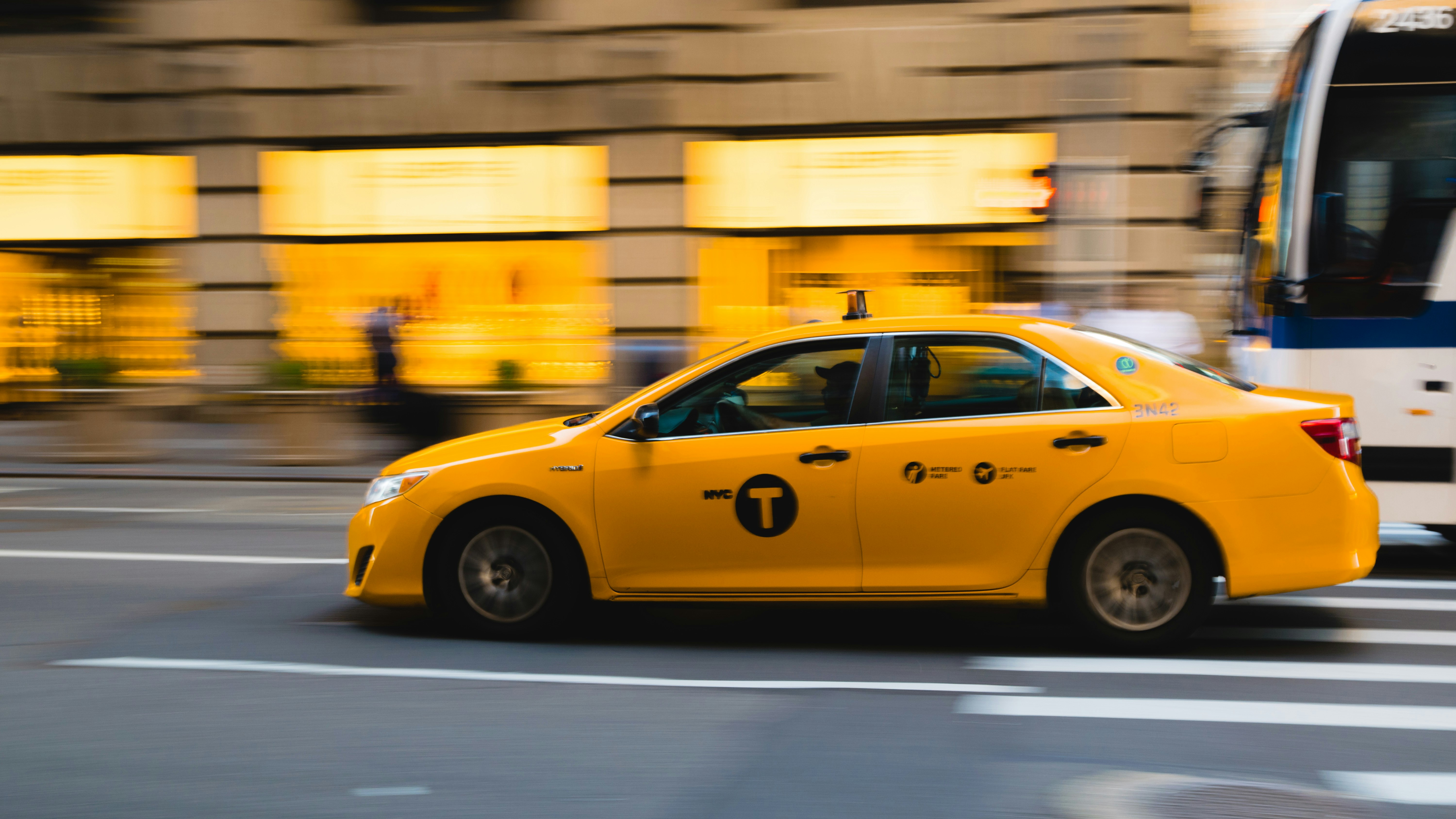According to the Taxi and Limousine Commission (TLC) – demand for yellow cabs have increased 116% in New York from January 2021 to September 2021. During this time ridesharing apps declined from 15 million in July to 12.7 million at the end of September. Chicago and San Francisco see similar trends. “Customers come to us after they open up the Uber and Lyft app, [and] say they feel prices are very high.” Chris Sweis, chief executive of Yellow Cab of San Francisco explained to Market Watch.
Ten years ago when ridesharing apps came on the scene they practically all but dismantled the cab industry – offering customers lower prices, visibility into when their drivers would arrive and a convenient app that allowed for ride requests and easy payment. As someone who previously relied on taxi drivers – ridesharing apps allowed me to request rides while still at work or at home; the safety knowing who my driver was, and the convenance to stay inside until my driver arrived as opposed to waiting outside hoping that a taxi would come along.
Since then, the taxi industry learned valuable lessons from Uber and Lyft and now ten years later they are back and better than ever – hoping to capitalize on the driver shortage. “I’m hoping we can convert people permanently, or have them at least consider taxicabs as a transportation alternative,” said Barry Taranto, a driver for National Cab in San Francisco.
One of the ways that the taxi industry has transformed is by offering apps of their own that customers can take advantage of to request rides. One of those apps is Curb Mobility which claims to be “the #1 taxi app in the US". According o their website they have over 100,000 drivers across the cities like New York, Boston, and Las Vegas.
Another benefit of hailing a taxi versus calling an Uber is that taxis aren’t allowed to participate in surge pricing. ““Our meter rates are set by the city, and that does act as a maximum,” Seis explains. You may have trouble finding a taxi on a Saturday night, but you won’t be paying surge pricing like you would be Uber or Lyft.
Part of the reason that consumers are experiencing surge prices with Uber and Lyft is that there just aren’t enough drivers. In fact, Uber is exploring ways to dispatch cabs in New York City through the Taxi and Limousine Commission’s “E-Hail” program. No decision has been made at the moment but New York Taxi Workers Alliance leader Bhairavi Desai told The New York Post the union, which includes Uber and Lyft drivers, would “remain open-minded” to the idea of Uber-mediated hack hails.
Surge pricing and limited drivers are affecting Uber and Lyft’s bottom line. Employing more taxis could not only drive the price down of the rideshare giants but get more drivers on the road curbing wait times for riders.






